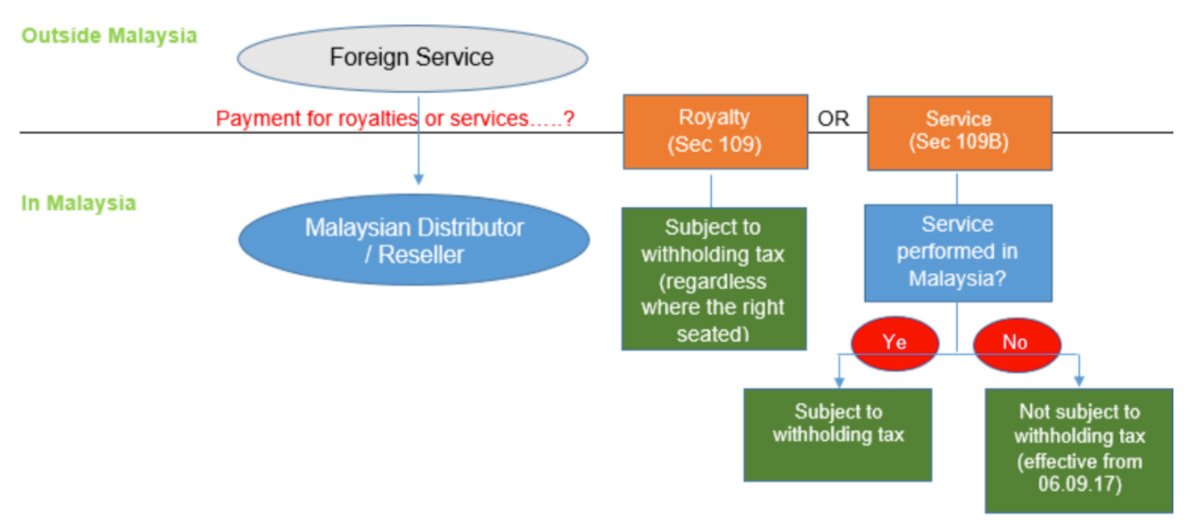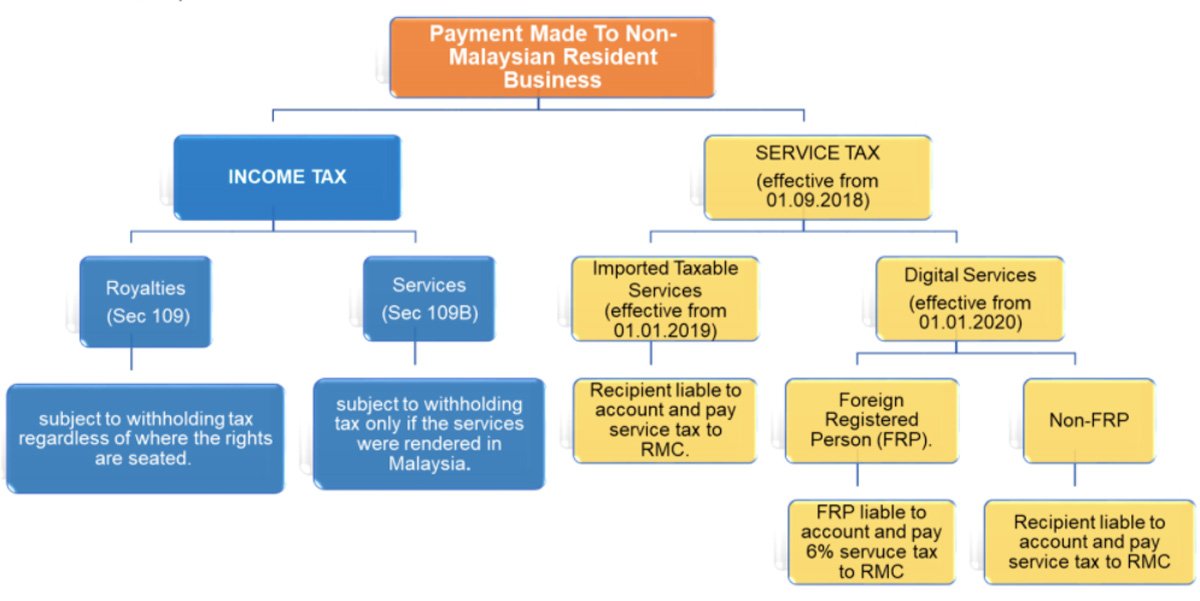Phase One Of Movement Control Under National Recovery Plan (NRP) Updates to the Inland Revenue Board’s Announcement
(Updated 26 June 2021)
Key Takeaways
- Extension of time for the submission of tax returns
- Extension of time for tax payments
- Submission of appeal to IRBM
- Real Property Gain Tax (RPGT)
- Stamp Duty
Following to the extension of Phase One of Movement Control under
National Recovery Plan (NRP), the Inland Revenue Board of Malaysia
(IRBM) has issued ‘Frequently Asked Questions (FAQ) On Tax
Matters During The Movement Control Order Period’ (Updated on
26 June 2021).
This FAQs include extension of time for submission of forms/ returns/ documents, tax payments etc during the phase one (of NRP) period.
For the full FAQ, please visit: http://phl.hasil.gov.my/pdf/pdfam/faq_pkp3_2.pdf
This FAQs include extension of time for submission of forms/ returns/ documents, tax payments etc during the phase one (of NRP) period.
For the full FAQ, please visit: http://phl.hasil.gov.my/pdf/pdfam/faq_pkp3_2.pdf
Question
Remarks by IRB
No.
General
(a)
Extension of time to submit
documents for audit or
investigation within the MCO
3.0 period.
Application for extension of time must be submitted by letter/email
to IRBM branch which handle the case.
(b)
Extension of time to provide
feedback to IRB letters
within the MCO 3.0 period.
Application for extension of time must be submitted by letter/email
to IRBM branch which handle the case.
No.
Forms
(a)
Extension of time to submit documents for audit or investigation within the MCO 3.0 period.
Deadline for submission of return forms is stated in the 2021
Return Form Filing Programme:-
http://phl.hasil.gov.my/pdf/pdfam/ProgramMemfailBN_2021_Pin.3_ 2.pdf
http://phl.hasil.gov.my/pdf/pdfam/ProgramMemfailBN_2021_Pin.3_ 2.pdf
- Return Form for Companies, Limited Liability Partnerships,
Unit Trusts / Property Trusts, Co-operative Societies, Trust
Bodies, Real Estate Investment Trusts / Property Trust Funds
and Business Trusts:-
- For Year of Assessment (YA) 2020 (with accounting
period ending 1 October 2020 until 31 December
2020):
- Extension time of two (2) months will be given from the due date of submission.
- For Year of Assessment (YA) 2021 (with accounting
period ending 1 January 2021 until 31 January
2021:
- Extension time of two (2) months will be given from the due date of submission.
- For Year of Assessment (YA) 2020 (with accounting
period ending 1 October 2020 until 31 December
2020):
- Return Form for petroleum with accounting period ending 1
October 2020 until 31 December 2020:
- Extension time of two (2) months will be given from the due date of submission.
- Return Form for petroleum with accounting period ending 1
January 2021 until 31 January 2021:
- Extension time of two (2) months will be given from the due date of submission.
- Return Form for Year of Assessment 2020 for taxpayers
CARRYING ON BUSINESS involving Individuals, Resident
Individuals (Knowledge /Expert Workers), Non-Resident
Individuals, Non-Resident Individuals (Knowledge / Expert
Workers), Partnerships, Associations, Deceased Persons
Estate and Hindu Joint Families:
- Extension of time (EOT) granted until 31 August 2021.
(b)
Extension of time for the
submission of revised
CP500 and CP204 where
the due date falls on June
2021.
Extension of time is given until 31 July 2021.
(c)
Submission of Forms CP22
within the MCO 3.0 period.
Form CP22 can be submitted through Customer Feedback Form :-
https://maklumbalaspelanggan.hasil.gov.my/MaklumBalas/en-US/
(d)
Submission of application for
tax clearance letter (TCL)
within the MCO 3.0 period.
- Application can be submitted as follows:-
- e-SPC;
- Customer Feedback System:
http://www.hasil.gov.my/bt_goindex.php?bt_kump=2&b t_skum=5&bt_posi=1&bt_unit=3&bt_sequ=1&bt_lgv=2
- By post or appointment only.
(e)
Submission of Notice of
Appeal (Form Q) to the
Special Commissioners of
Income Tax (SCIT) where
the due date falls within
MCO 3.0 period.
Application for extension of time must be done in writing by
completing Form N and submitting to IRBM branch. The appeal will
be considered based on the merits of case. Taxpayer is required to
file Form N and state that the delay is due to the implementation of
MCO 3.0.
(f)
Submission of Country-by-
Country Reporting (CbCR)
where the due date falls
within MCO 3.0 period.
Application for extension of time must be submitted in writing to
Department of International Taxation and the appeal will be
considered based on the merits of the case.
(g)
Submission of Form CP 204
and notification of change of
accounting period (CP204B)
which due date falls on June
2021.
Extension of time is given until 31 July 2021. CP204B needs to be
submitted by post or courier.
(h)
Revision of tax estimate
payment (CP204) in the 3rd
month of 2021.
No revision is allowed for the 3rd month instalment. Taxpayers
must submit the relevant CP204 revision in the 6th / 9th month in
the basis period of the business through e-CP204A.
No.
Payments
(a)
Extension of time for tax
estimate payments (CP204)
due on June 2021.
No extension of time. Tax payer can make payment via online
services at ByrHasil.
(b)
Extension of time for other
tax instalment payments
relating to audit and
investigation due on June
2021.
No extension of time. Tax payer can make payment via online
services at ByrHasil.
(b)
Extension of time for
submission of MTD data and
payment of Monthly Tax
Deduction / CP38 for
remuneration on
employment due on 15 June
2021.
No extension of time. Taxpayer can make payment via online
services at e- PCB, e-Data PCB dan e-CP39.
(d)
Deferment for compound
and penalty payment which
due within 1 June 2021 until
28 June 2021.
Extension of time is given up to 30 days from the initial due date for
payment.
(e)
Re-scheduling of tax
instalment payments.
Tax payer is required to submit the application with the relevant
documents such as cash flow documents etc.
(f)
Extension of time for
withholding tax payment
which due within the MCO
3.0 period.
No extension of time is given. Withholding tax payment can be
made via telegraphic transfer by furnishing complete payment
details to IRBM via fax at 03-62019637 or e-mail to
HelpTTpayment@hasil.gov.my.
No.
Appeal and Penalty Payment
(a)
Application for appeal on the
penalty imposed by IRB.
Taxpayer may submit the application for appeal on tax penalty for
the following cases:
- Unpaid penalties;
- Penalties that have been imposed and subject to instalment schedule
(b)
Application for appeal on the
tax increase.
Application for appeal on tax increase can be submitted through Customer Feedback Form available at IRBM’s Official Portal:
https://maklumbalaspelanggan.hasil.gov.my/MaklumBalas/en-US/
(c)
Application for appeal on
deferment of payment of
outstanding penalty imposed
to year 2022.
Application for deferment of payment can be submitted through Customer Feedback Form available at IRBM’s Official Portal:
https://maklumbalaspelanggan.hasil.gov.my/MaklumBalas/en-US/
No.
Real Property Gains Tax (RPGT)
(a)
Extension of time for the
submission of RPGT return
forms where the due date
falls in June 2021.
Extension of time is given until 31 July 2021.
(b)
Appeal on RPGT penalty.
Appeal will be considered based on merits of the case.
No.
Stamp Duty
(a)
Appeal on stamp duty
penalty.
Appeal will be considered based on merits of the case.
(b)
Extension of time for
stamping which cannot be
done within the MCO 3.0
period.
Appeal will be considered based on the merits of the case.
Application for extension of time must be made within 30 days from the date of documents.
Application for extension of time must be made within 30 days from the date of documents.















